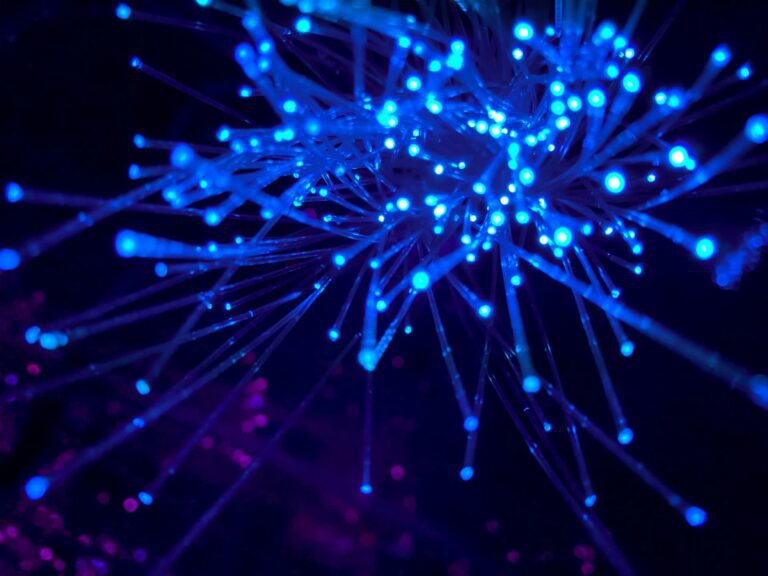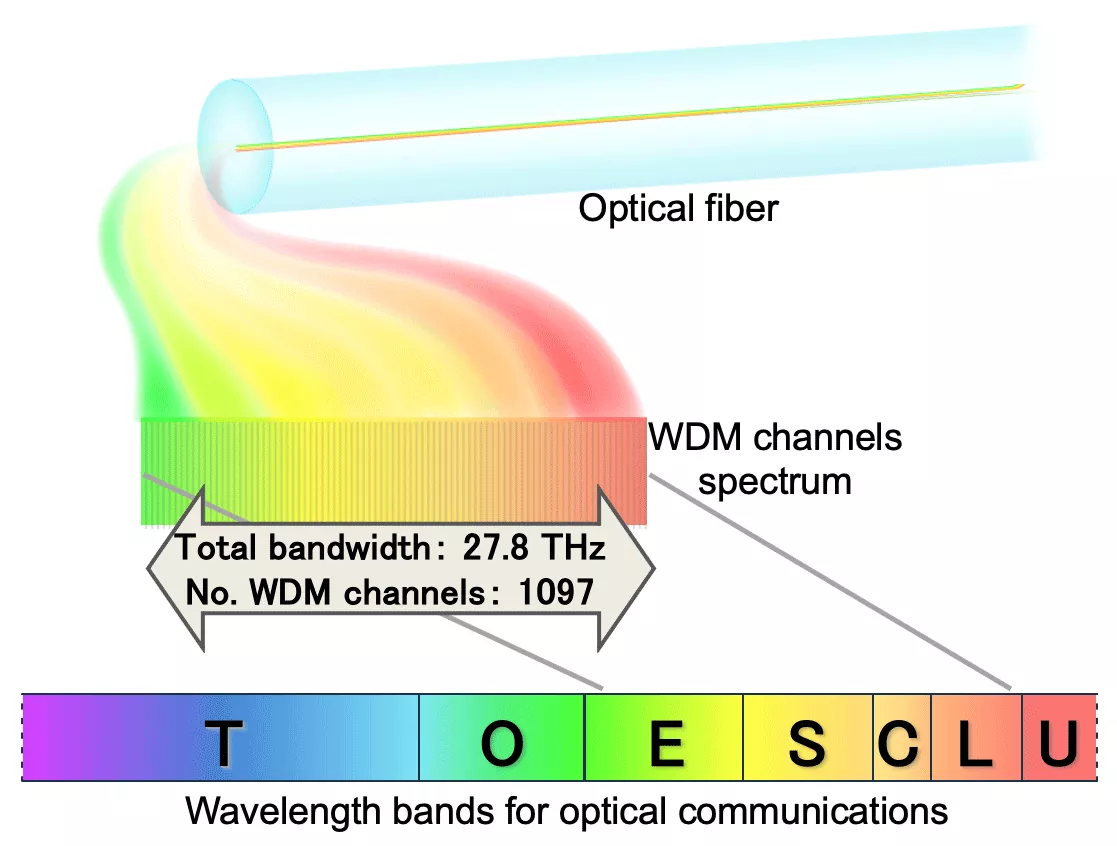
[ad_1]
The big picture: The ability to move massive amounts of data as quickly as possible continues to become more critical to our everyday lives. Earlier this month, researchers published the results of an experiment that could help increase transmission speeds exponentially using existing fiber optic infrastructure.
Researchers from Aston University in the UK have successfully transmitted data across standard fiber optics at 301,000,000 megabits per second, shattering speeds included in broadband performance reports published by Ofcom in 2023. The enormous increase in speed and capability is thanks to previously unused wavelengths transmitted across standard fiber optic systems.
Computers transmit information through fiber optics by sending light signals across an extremely thin plastic or glass fiber called the core. These transmissions typically use specific light wavelengths of 850, 1300, and 1550 nanometers to carry information along the line. To achieve the exponential increase in speed, Aston’s Institute of Photonic Technologies Professor Wladek Forysiak worked closely with Dr. Ian Phillips to utilize wavelength bands previously unused in today’s fiber optic systems.

The two most commonly used wavelengths in fiber communications are the conventional band (C-band) and the long-wavelength band (L-band). The L-band is used when the C-band can’t meet typical bandwidth requirements.
Forsiak and Phillips successfully used two additional spectral bands, the extended wavelength band (E-band) and the short wavelength band (S-band), to augment the available capacity of the more common C and L bands. The researchers had to develop new optical amplifiers and optical gain equalizers to effectively use these additional wavelength bands.

Leveraging the additional E and S bands produces exceptionally significant results. As the technology develops, providers may one day be able to step up data delivery capabilities far beyond what is possible today without the added cost of replacing their entire fiber infrastructure.
While the speed rate achieved here is impressive, it’s not the fastest transmission ever achieved. Two years ago, Japanese researchers from the National Institute of Information and Communications Technology (NICT) set a data-rate world record after reaching transmission speeds of 1.02 petabits per second, or 1,020,000,000 megabits per second. However, the NICT researchers employed a custom cable using four cores rather than a standard single-core line.
[ad_2]